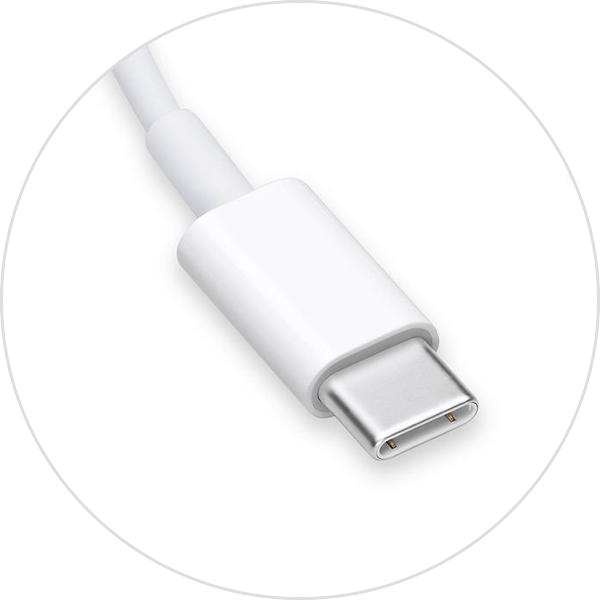

The latest Thunderbolt 3 cables are compatible with Thunderbolt 1 and 2. Yes, Thunderbolt 3 cables are backward compatible but require an adapter due to a change in the interface. Is the Thunderbolt 3 cable backward compatible?Ī. A thunderbolt cable is a step up from USB type-C cables in terms of native audio support, data speed and compatibility with multiple ports. The charging capabilities of Thunderbolt cables are also better compared to USB Type-C cables. Thunderbolt cables offer data transfer speeds that are four times faster than USB Type-C cables. Although Thunderbolt cables look similar to the USB Type-C cables, there are several key differences between the two. Thunderbolt cable FAQ How do Thunderbolt cables compare to USB Type-C cables?Ī. For a low-end to midrange Thunderbolt cable, expect to pay at least $25 for a 0.5 meter cable. How much you can expect to spend on Thunderbolt cableįor a high-end Thunderbolt cable, you can expect to pay around $130.

Not all Thunderbolt cables offer daisy-chain capability, so make sure you check for this feature before buying. Users can use a daisy-chain setup to improve productivity or simplify desktop configuration by having fewer cables and a cleaner space. Daisy-chain setup capabilityĪ daisy-chain setup allows multiple devices, such as display monitors, to be connected using the same cable connection.

If you require an extra-long Thunderbolt cable, you might have to settle with significantly reduced data transfer speeds. Cables that are longer are going to be considerably more expensive. Some Thunderbolt cable products offer different cable length options ranging from 0.5 to 2 meters. A snug-fitting Thunderbolt port is an indicator of the quality of the product. High-end Thunderbolt cables offer features such as braided cables to minimize tangling tension when cables are inserted into the port. A cable that has a floppy fit can lead to a bad connection. What to look for in a quality Thunderbolt cable Durabilityĭurability is important for consistent and reliable performance from Thunderbolt cables. To get 40Gbps from a passive cable, you will need a very short cable around 0.5 meters. Cheaper passive cables only support speeds of up to 20Gbps for a 1 or 2 meter cable length. Active or passive cablesĪctive Thunderbolt cables are more expensive than passive cables and support data transfer speeds of up to 40Gbps for up to 2 meters in cable length. Cheap or midrange Thunderbolt cables that are longer than 1 meter might not be able to deliver speeds of 40 gigabits per second, which is the upper limit for most Thunderbolt cables. The length of the Thunderbolt cables can also influence the data transfer speeds. Keep in mind that different lengths of cables of the same product can have different compatibility with ports. Certain types of ports can only be connected using an adaptor. Most Thunderbolt cables connect directly to DisplayPort, USB 3.1 and PCIe.
#See which port is used for a usb mac Pc
When buying the right Thunderbolt cable for your needs, make sure the cable is compatible with the type of port you have on your PC or Mac. What to know before you buy a Thunderbolt cable Compatibility
#See which port is used for a usb mac pro
The Apple Thunderbolt 3 Pro Cable may be expensive, but its outstanding durability and compatibility with several types of ports and devices make it the best Thunderbolt cable on the market. There are different Thunderbolt cables available on the market that offer a variety of features, speeds, cable length and compatibility with ports. Compared to the fastest USB connections, Thunderbolt cables offer four times more speed for data transfer. Thunderbolt cables have become the new standard for fast and reliable connection between a device and a PC or Mac.


 0 kommentar(er)
0 kommentar(er)
